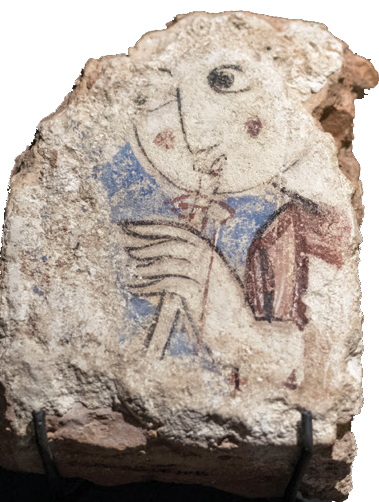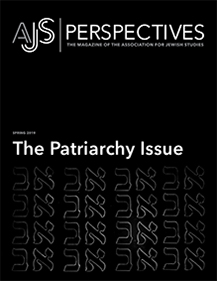
The earliest of these anthologies, Nuzhat al-julasāʼ fī ashʻār al-nisāʼ by Jalāl al-Dīn al-Suyūṭī (d. 1505), is dedicated in full to women poets in the Arabic language. Al-Suyūṭī identifies Qasmūna, as was customary in the case of unmarried women, by giving the name of her father, Ismāʻīl ibn Baghdāla al-Yahūdī. This identification through the father acquires a disproportionate weight on account of the fact that this name has been corrected to Ismāʻīl ibn Naghrela, that is, Samuel “ha-Nagid,” the famous medieval Jewish poet and vizier. Chronologically it is dubious that she was the daughter of ha-Nagid, since according to Al-Suyūṭī she lived in the sixth century of the Islamic era (twelfth century), and ha-Nagid died in 1077. Through this identification, Qasmūna is presented to us as the daughter of an illustrious poet, a satellite and reflection of his talents. The debated identity of Qasmūna’s father looms large over her and has taken a great deal of the pages dedicated to her, in an implicit acknowledgement that she deserves interest in as much as she is related to a towering male figure, and not so much on her own.
The second anthology that preserves her poems, the Nafḥ al-ṭīb min ghuṣn al-Andalus al-raṭīb by Al-Maqqarī (d. 1632), includes Qasmūna's verses in a section dedicated to the literary merits of Andalusian non-Muslims, women, and children. He says, “A Jewish poetess, named Kasmunah, daughter of Ismail the Jew, is also counted among the bright geniuses of that nation. Her father, who was himself a man of considerable learning and a good poet, had bestowed the greatest care on her education, and imparted to her all the science which he himself possessed" (trans. Pascual de Gayangos). The literary brilliance of Qasmūna is directly attributed to her father here.
The case of Qasmūna shows how the writing of premodern women authors, of which very little has reached us, was often edited and presented according to an agenda that conforms to the conventions and expectations of a patriarchal system. The women poets of the Islamic world did not edit and publish themselves, and the ways in which their work has reached us must be critically accounted for, since they are far from neutral.

